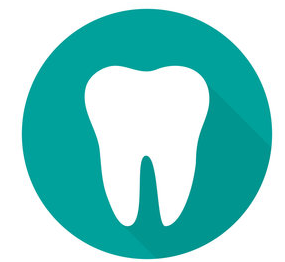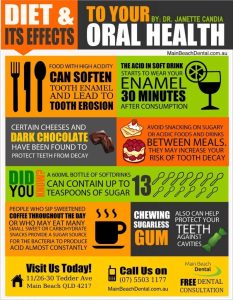Introduction
Gum disease, also known as periodontal disease, is a common oral health issue that affects millions of people worldwide. It is a progressive condition that, if left untreated, can lead to serious complications and even tooth loss. Recognizing the early signs of gum disease is crucial in order to take prompt action and prevent further damage to your oral health. In this blog post, we will discuss the early signs of gum disease and provide you with valuable information on how to respond effectively.
Red and Swollen Gums
One of the early signs of gum disease is redness and swelling of the gums. Healthy gums should appear pink and firm. If you notice that your gums are red and puffy, it could be an indication of gum disease.
Bleeding Gums
Gums that bleed easily, especially during brushing or flossing, can be a sign of gum disease. Healthy gums should not bleed when properly cared for. If you notice blood on your toothbrush or in the sink after brushing, it’s important to take it seriously.
Bad Breath
Chronic bad breath, also known as halitosis, can be a symptom of gum disease. The bacteria that cause gum disease can produce foul-smelling gases, leading to persistent bad breath. If you have tried various remedies for bad breath without success, it may be time to consider gum disease as the underlying cause.
Receding Gums
Gum disease can cause the gums to recede or pull away from the teeth. This can make the teeth appear longer and expose the tooth roots. If you notice that your teeth look longer than before or if you experience tooth sensitivity, it could be a sign of gum disease.
Loose Teeth
As gum disease progresses, it can lead to the loosening of teeth. This happens as the infection weakens the supporting structures of the teeth, including the gums and jawbone. If you notice any shifting or loosening of your teeth, it’s crucial to seek dental attention promptly.
Pus between Teeth
If you notice pus or discharge between your teeth and gums, it is a clear sign of gum disease. Pus is a result of the body’s immune response to infection. This should not be ignored, as it indicates an advanced stage of gum disease that requires immediate treatment.
Changes in Bite
Gum disease can cause changes in your bite or the way your teeth fit together. If you notice any discomfort or a shift in your bite, it could be a result of gum disease affecting the supporting structures.
Summary
Gum disease is a prevalent oral health problem that can have serious consequences if not addressed in its early stages. By being aware of the early signs, you can take proactive steps to prevent further damage and maintain good oral health. Some common early signs of gum disease include red, swollen, or bleeding gums, persistent bad breath, receding gums, and tooth sensitivity. If you notice any of these symptoms, it is important to consult with your dentist as soon as possible. They can evaluate your condition and recommend appropriate treatment options, such as professional cleaning, improved oral hygiene practices, or more advanced procedures if necessary. Additionally, maintaining a consistent oral care routine, including regular brushing, flossing, and dental check-ups, is essential in preventing gum disease and maintaini Visit Your URL ng a healthy smile. Remember, early detection and timely intervention are key to effectively managing gum disease and preserving your oral health.
- Q: What are the early signs of gum disease?
- A: The early signs of gum disease may include red, swollen, or tender gums, persistent bad breath, gums that bleed easily during brushing or flossing, receding gums, and changes in the way your teeth fit together when you bite.
- Q: How should I respond to the early signs of gum disease?
- A: If you notice any early signs of gum disease, it is important to take action promptly. Make sure to maintain a good oral hygiene routine by brushing your teeth at least twice a day, flossing daily, and using an antimicrobial mouthwash. Schedule regular dental check-ups and cleanings, and inform your dentist about any symptoms you are experiencing. They may recommend additional treatments or procedures to address the gum disease.

Welcome to my website! My name is Declan Pell, and I am a dedicated and passionate dental assistant with years of experience in the field. I am thrilled to share my knowledge and expertise with you through this platform, focusing on various aspects of oral care, aesthetic dentistry, gum health, and pediatric dental tips.



